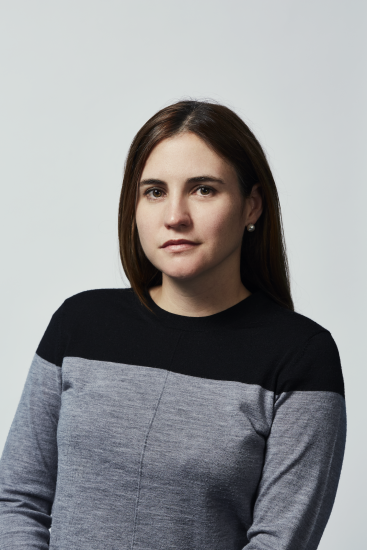Christine Pfeiffer is head of operations for Next Insurance, joining the small-business insurtech in 2017. She oversees operations and customer support, having been responsible for increasing automation in the customer journey to help it scale up. This includes implementation of chat- and voice-bots in the claims and support functions. Before Next, she worked at Uber. She was nominated by COO Sofya Pogreb.
WIL NEXT 2020: Next Insurance's Christine Pfeiffer
November 19, 2020 3:48 PM
